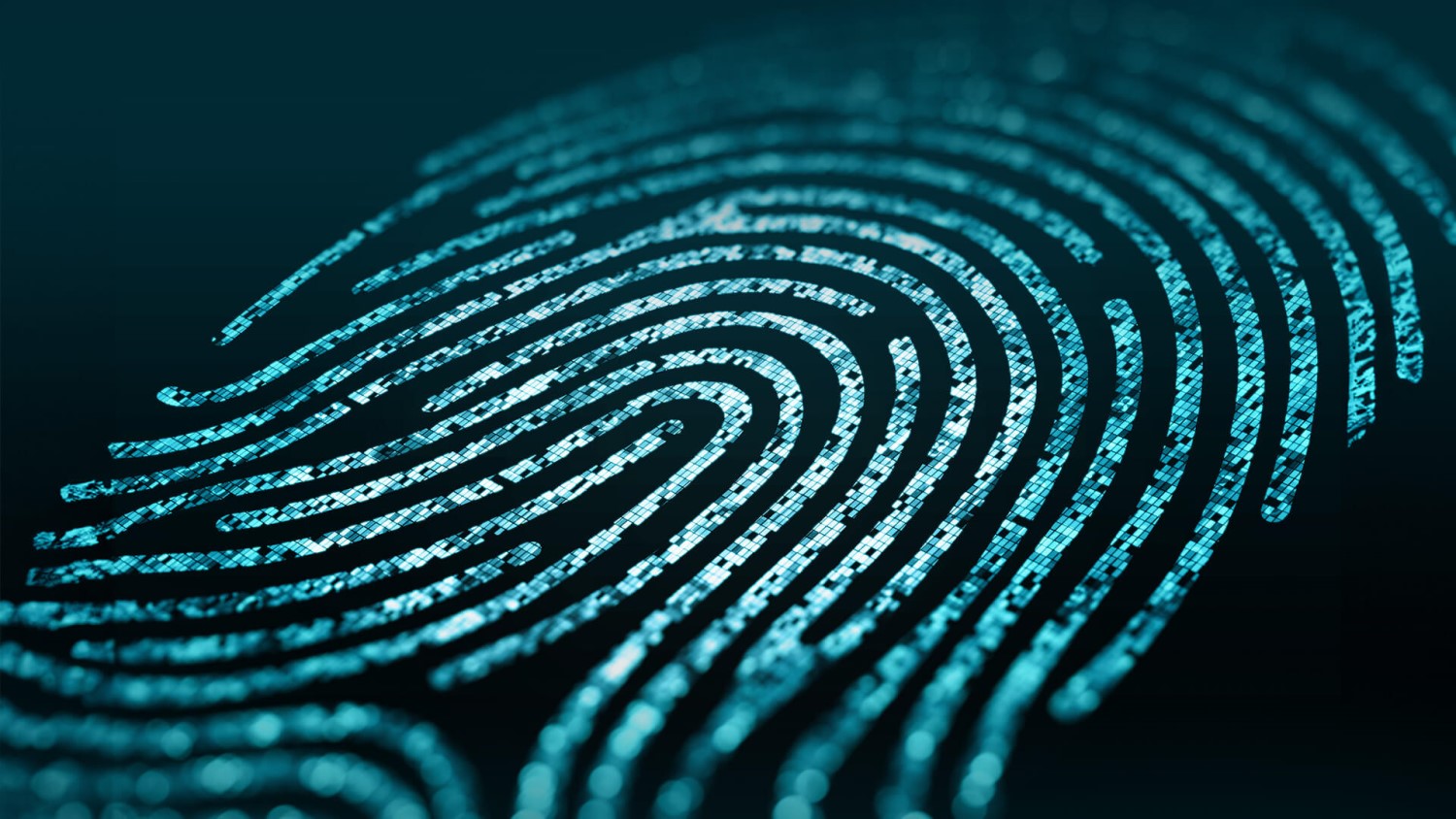The rapidly growing field of digital forensics plays a crucial role in investigating a wide range of cybercrime and cybersecurity incidents. Even in our technology-oriented world investigation into ‘traditional’ crimes often contain an element of digital evidence waiting to be retrieved and analyzed.
This art of uncovering, analyzing and interpreting digital evidence has seen substantial growth, especially in investigations involving various types of fraud and cybercrime, tax evasion, stalking, child exploitation, intellectual property theft and even terrorism. Furthermore, digital forensic techniques also help organizations understand the scale and impact of data breaches, and help prevent further damage from these incidents.
With that in mind, digital forensics has a role to play in a variety of contexts, including crime investigations, incident response, divorce and other legal proceedings, employee misconduct investigations, counter-terrorism efforts, fraud detection and data recovery.
Now let’s dissect exactly how digital forensic investigators assess the digital crime scene, look for clues, and piece together the story the data has to tell
1. Collection of evidence
First things first: it’s time to get your hands on the evidence. This step involves identifying and collecting sources of digital evidence, as well as making exact copies of information that can be linked to the incident. In fact, it is important to avoid modifying the original data and, using the right tools and devices, make their bit-by-bit copies.
Analysts can then recover deleted files or hidden disk partitions, ultimately generating an image that is the same size as the disk. The samples are labeled with the date, time and time zone and should be isolated in containers that will protect them from the elements and prevent spoilage or intentional tampering. Photos and notes documenting the physical condition of the devices and their electronic components often provide additional context and assistance in understanding the circumstances under which the evidence was collected.
Throughout the process, it is important to adhere to strict measures such as the use of gloves, anti-static bags and Faraday cages. Faraday cages (boxes or bags) are especially useful for devices sensitive to electromagnetic waves, such as cell phones, to ensure the integrity and credibility of evidence and prevent data corruption or tampering.
According to the order of volatility, sample acquisition follows a systematic approach – from the most volatile to the least volatile. As also explained in the RFC3227 According to Internet Engineering Task Force (IETF) guidelines, the first step is to collect potential evidence, from data relevant to memory and cache contents and continuing through to data on archival media.
2. Data Retention
To lay the foundation for successful analysis, the information collected must be protected from damage and tampering. As previously noted, the actual analysis should never be performed directly on the seized sample; instead, the analysts must create forensic images (or exact copies or replicas) of the data on which the analysis will next be performed.
As such, this phase revolves around a ‘chain of custody’, a meticulous record documenting the location and date of the sample, as well as who exactly interacted with it. The analysts use hashing techniques to unambiguously identify the files that may be useful for the investigation. By assigning unique identifiers to files through hashes, they create a digital footprint that helps track and verify the authenticity of the evidence.
In a nutshell, this phase is not only intended to protect the data collected, but also to establish a rigorous and transparent framework through the Chain of Custody, using advanced hashing techniques to ensure the accuracy and reliability of the analysis to ensure.
3. Analysis
Once the data has been collected and its preservation assured, it’s time to move on to the nitty-gritty and technical aspects of the detective work. This is where specialized hardware and software come into play as investigators delve into the evidence collected to draw meaningful insights and conclusions about the incident or crime.
There are various methods and techniques to guide the ‘game plan’. Their actual choice will often depend on the nature of the research, the data examined, as well as the skill, field-specific knowledge and experience of the analyst.
Indeed, digital forensics requires a combination of technical skill, investigative ability and attention to detail. Analysts must stay abreast of evolving technologies and cyber threats to remain effective in the highly dynamic field of digital forensics. Furthermore, it is equally important that you have clarity about what you are actually looking for. Whether uncovering malicious activity, identifying cyber threats or supporting legal proceedings, the analysis and its outcome are based on clearly defined objectives of the investigation.
Reviewing timelines and access logs is a common practice during this phase. This helps reconstruct events, determine sequences of actions, and identify anomalies that may indicate malicious activity. For example, examining RAM is crucial for identifying volatile data that may not be stored on disk. This may include running processes, encryption keys and other volatile information relevant to the investigation.

4. Documentation
All actions, artifacts, anomalies, and patterns identified before this phase should be documented in as much detail as possible. The documentation must be detailed enough for another forensic expert to replicate the analysis.
Documenting the methods and instruments used during research is critical for transparency and reproducibility. It allows others to validate the results and understand the procedures followed. Researchers should also document the reasons behind their decisions, especially when faced with unexpected challenges. This helps justify the actions taken during the investigation.
In other words, meticulous documentation is not just a formality; it is a fundamental aspect of maintaining the credibility and reliability of the entire research process. Analysts must adhere to best practices to ensure their documentation is clear, thorough and compliant with legal and forensic standards.
5. Reporting
Now the time is right to summarize the findings, processes and conclusions of the research. Often a management report is drawn up first, setting out the most important information in a clear and concise manner, without going into technical details.
A second report called “technical report” is then prepared, detailing the analysis carried out, highlighting the techniques and results, leaving aside opinions.
A typical digital forensics report reads as follows:
- provides background information about the case,
- defines the scope of the study, along with its objectives and limitations,
- describes the methods and techniques used,
- describes the process of acquiring and preserving digital evidence,
- presents the results of the analysis, including discovered artifacts, timelines and patterns,
- summarizes the findings and their significance in relation to the objectives of the study
Let’s not forget: the report must meet legal standards and requirements so that it can withstand legal scrutiny and serve as a crucial document in legal proceedings.
As technology becomes increasingly intertwined with various aspects of our lives, the importance of digital forensics in various domains will undoubtedly continue to increase. Just as technology evolves, so too do the methods and techniques used by malicious actors seeking to obfuscate their activities or “shut down” digital detectives. Digital forensics must continue to adapt to these changes and use innovative approaches to stay ahead of cyber threats and ultimately help ensure the security of digital systems.





















